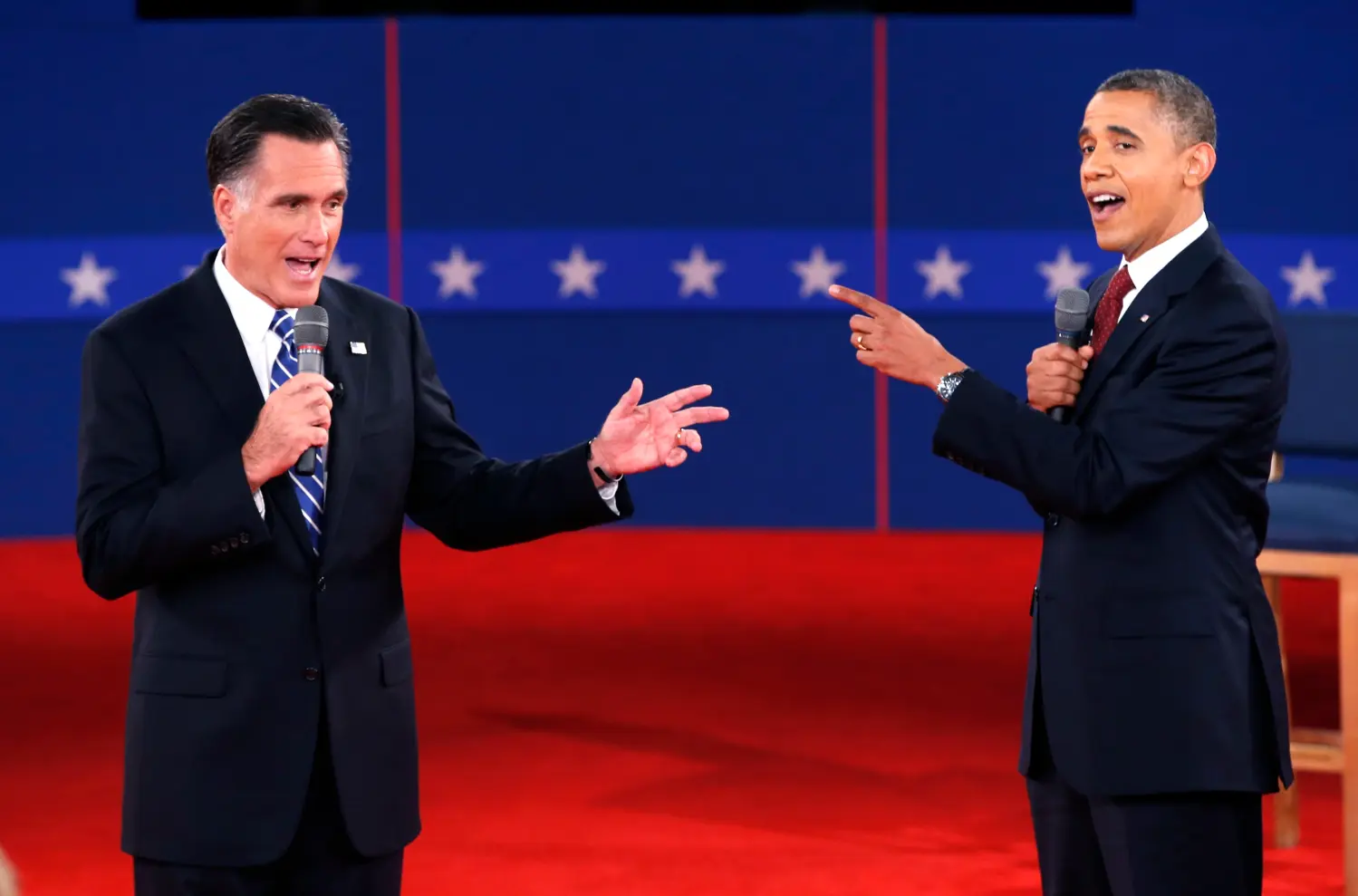Editor’s Note: This paper is part of the Governance Studies Management and Leadership Initiative.
Negative messages about political opponents increasingly dominate not just election campaigns in the United States, but the policymaking process as well. And politics dominated by negative messaging (also known as blame-generating) tends to result in policy stalemate. Negative messaging is attractive to politicians because people tend to pay more attention to negative information than positive information, and they are more sensitive to losses than equivalent gains. Political polarization, competitive, nationalized elections, increased fiscal stress and changes in campaign law and practice have all exacerbated pressures to engage in negative messaging in recent years. There are a number of strategies that allow politicians to maneuver around the “blame trap” and avoid policy deadlock in some circumstances, including passing the buck to non-elected bodies and putting in place triggering mechanisms that generate politically unpopular policy changes in the future. All of these strategies have limitations and disadvantages, however, so both blame-generating politics and policy stalemate are likely to be the “new normal” in American politics in the near future.
There are several strategic options for avoiding policy stalemate in a political environment dominated by negative messaging. Each of these options has distinctive advantages and limitations, and risks. None is suitable for all situations, but together they offer some important opportunities to avoid policy stalemate.
- Passing the Buck: A first strategy that politicians can use to try to avoid the blame trap is to pass the buck to non-elected bodies—often temporary commissions—to reach deals behind closed doors without the pressure of staking out and defending partisan and ideological positions.
- Grand Deals and Circling the Wagons: A related strategy to passing the buck is for Democratic and Republican leaders to negotiate behind closed doors to try to strike a grand deal on an issue like budgets and taxes or immigration, which they then sell jointly to the public and to rank-and-file legislators (“circling the wagons”) as the best deal that is achievable—and better than no deal at all.
- Government by Autopilot: Another strategy for making difficult decisions is to set up a procedure under which reaching some trigger (e.g., deficit levels, or Social Security deficits) leads automatically to programmatic adjustments according to a formula set up in the original legislation unless Congress agrees to overturn it.
- Feet to the Fire: This strategy starts with the same mechanism as policy by auto-pilot: policymakers set up an automatic mechanism that will trigger politically painful policy changes without politicians themselves pulling the trigger.
- Experiment: On some policy issues where parties are divided, it may be possible to try out different approaches to policy before making a firm choice at the national level. This can be done in several different ways. One is to give more authority to states and localities to experiment with new policy options rather than having a uniform national policy.
- Executive Action: If a hyper-partisan and divided Congress is unable to break policy stalemates, what about executive action as an alternative? There certainly are some opportunities for breaking stalemate through executive action, as President Obama showed in June 2012 when he suspended deportation of young illegal immigrants who had entered the country illegally.
- Compromise: A final strategy for overcoming the blame trap is the oldest and simplest one: politicians can split the difference with their partisan foes and meet them halfway.




